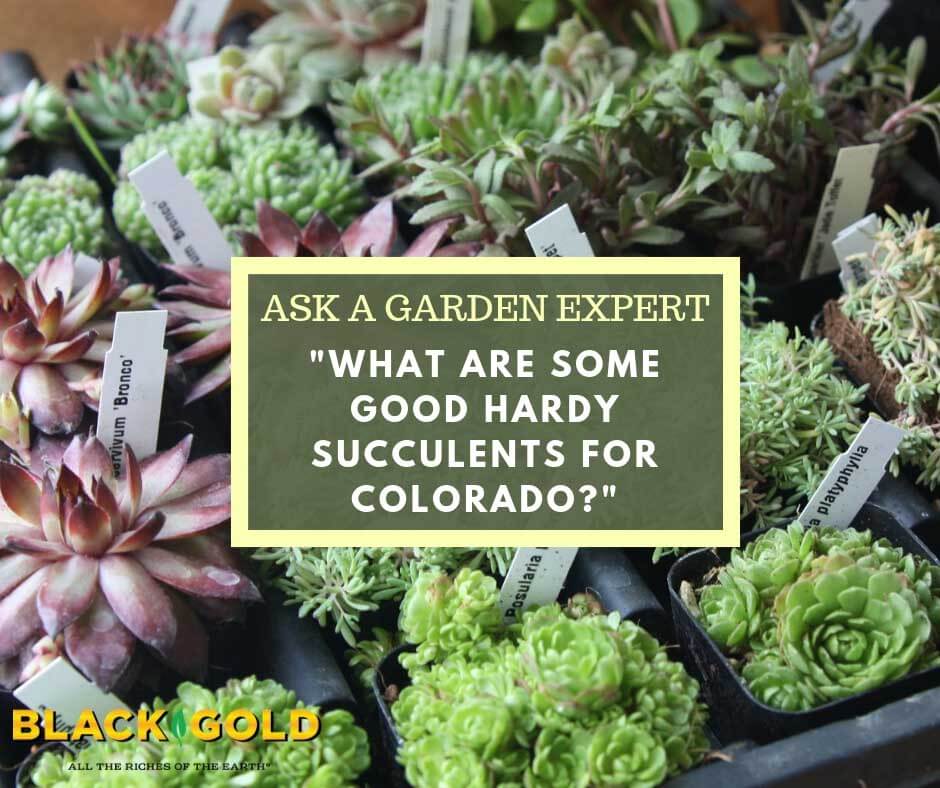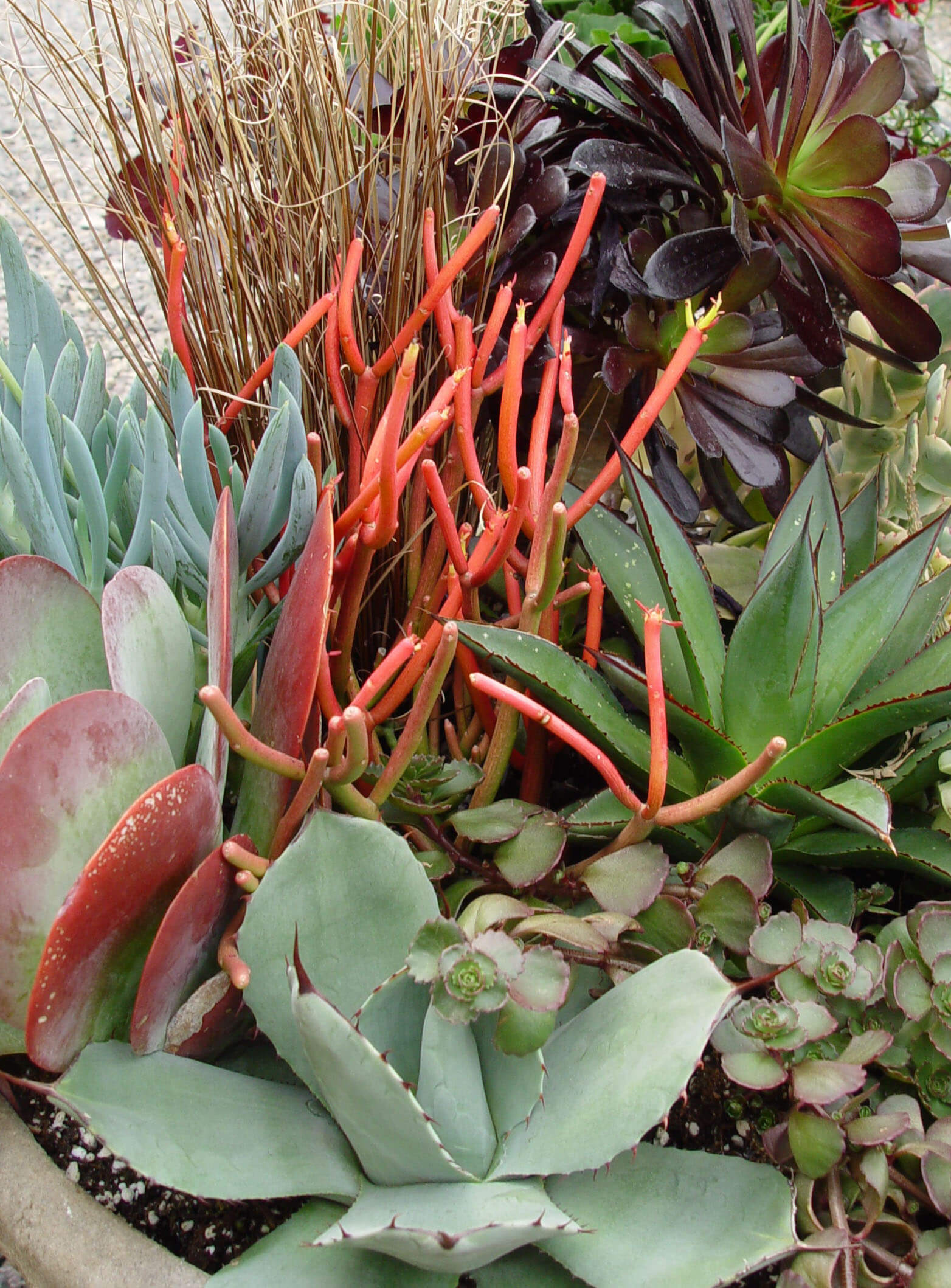
“What succulents will grow outdoors in Colorado ZIP 80021, Growing Zone 6?” Question from Joe of Westminster, Colorado.
Answer: I love hardy succulents and have written about them extensively because they are beautiful and easy to grow in many areas of the country, with good bed prep. I see that Westminster has an average rainfall of 17-inches per year, a good bit lower than the 38-inch-per-year national average, so you live in dry country. Thankfully, there are loads of hardy cacti and succulents beautifully adapted to your Zone 6 Cold Hardiness. Here is a very small sample of my favorites.
Agave
Parry’s Agave (Agave parryi): This amazingly cold-hardy agave can survive winter cold to Zone 4, as long as the winters remain quite dry. It is compact and has tough, silvery foliage with sharp black tips. Plant it in very well-drained soil.
Havard’s Agave (Agave havardiana): This super bold agave forms very large rosettes of grey-green foliage and is hardy to Zone 5, where winters are dry.
Cacti
Orange Chiffon Prickly Pear (Opuntia ‘Orange Chiffon’): This amazing cactus is hardy to Zone 5. It is one of many beautiful prickly pear hybrids with fantastic spring flowers. This one is also nearly thornless.
Claret Cup Cactus (Echinocereus triglochidiatus): This super hardy hedgehog cactus has spectacular orange-red flowers, and plants will survive to Zone 5 in a raised rock garden. It is a real beauty that’s well worth growing.
Fragile Pricklypear (Opuntia fragilis): This low, creeping pricklypear is an alpine native of Colorado and bears lovely pale yellow flowers in late spring.
Sedums and Sempervivums
There are so many amazing sedums and hens-and-chicks to grow it is hard to know where to start, but here are a few beautiful varieties of various sizes to consider.
October Daphne Sedum (Sedum sieboldii ‘October Daphne’): This pretty 9″-12″ tall sedum has rose-edged, blue-green nickles of foliage and clusters of rosy flowers that bloom in fall. It is hardy to Zone 5.
Cliff Stonecrop (Sedum cauticola): This hardy (Zone 4) low-growing sedum has dusty purple foliage and deep rosy pink flower clusters in summer.
I cannot choose a single variety of hens-n-chicks, so I suggest you view this expansive list of them for sale at Mountain Crest Gardens. All are hardy.
For a good list of tall sedums, click here for an article on the subject. Also, if you want to propagate any succulents that you have on hand, check out this article.
Succulent Sources
It’s important to mention that you have a very good source for cold-hardy cacti and succulents close to you called Cold Hardy Cactus. It offers an excellent list of beautiful and unusual succulents well adapted to the drier regions of Colorado.
For a cool succulent rock garden design, check out this succulent seaside rock garden that I created last year. It is chock full of very hardy succulents from Mountain Crest Gardens. For gardens like this sharp drainage is a must, so I added Black Gold Cactus Mix to the pebble base in addition to Black Gold Garden Compost Blend.
I hope that these tips help!
Happy gardening,
Jessie Keith
Black Gold Horticulturist




 If you have a built-in masonry planter, create a close-range jewel-box garden. This term is used for the vivid succulent gardens that are as colorful as the contents of grandmother’s costume jewelry box. Here you can plant a lovely rainbow of kalanchoes, flowering aloes, and geometric crassulas. When you add hardy sedums and sempervivums, they’ll survive through the coldest winter to anchor next year’s display.
If you have a built-in masonry planter, create a close-range jewel-box garden. This term is used for the vivid succulent gardens that are as colorful as the contents of grandmother’s costume jewelry box. Here you can plant a lovely rainbow of kalanchoes, flowering aloes, and geometric crassulas. When you add hardy sedums and sempervivums, they’ll survive through the coldest winter to anchor next year’s display.